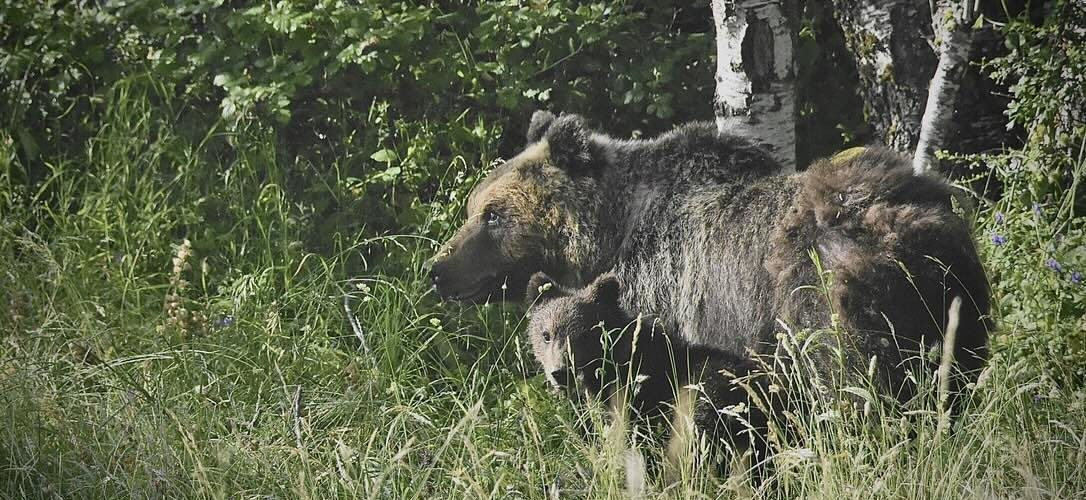Il Venerdì di Repubblica devotes an article to the Marsican brown bear, an investigation into the metabolism of this subspecies of the European brown bear that lives in the Apennines and of which only 54 specimens remain in the Abruzzo and Majella National Parks.
Beginning with the discovery of a genetic defect, we go on to analyze skull shape and diet to investigate what adaptations to the environment allow the Marsican bear to coexist peacefully with the human species and what strategies might encourage its greater expansion, ensuring its survival.
“Ursus arctos marsicanus is a subspecies of the European brown bear, with characteristics that make it unique, however,” says Paolo Colangelo, an Iret researcher coordinating a PRIN project on epigenetics and conservation of this species. “For example, it is smaller than the average brown bear but has an unusually wide skull, which serves to accommodate the large chewing muscles necessary for its largely vegetarian diet. They are also very unaggressive bears, so much so that no attacks on humans by local bears are recorded in Abruzzo, despite their frequent entry into park towns in search of fruit, poultry and food in the garbage.”
“Marsican bears have evolved a low-intensity metabolism, which helps them survive on little, not spending much energy hunting but living mainly on plants and fruit,” our researcher continues. “The survival problems of Ursus arctos marsicanus depend mainly on the small space in which it is confined: much more than about 50 individuals there cannot survive. We need to be able to get the species to expand into suitable surrounding areas such as the Gran Sasso, Simbruini or Sibillini mountains, for example. The problem is that while some males have already been reported outside the park, the females are much less adventurous,” Paolo Colangelo concludes.
The entire article is available HERE.
Photo by Greta Agostini.


